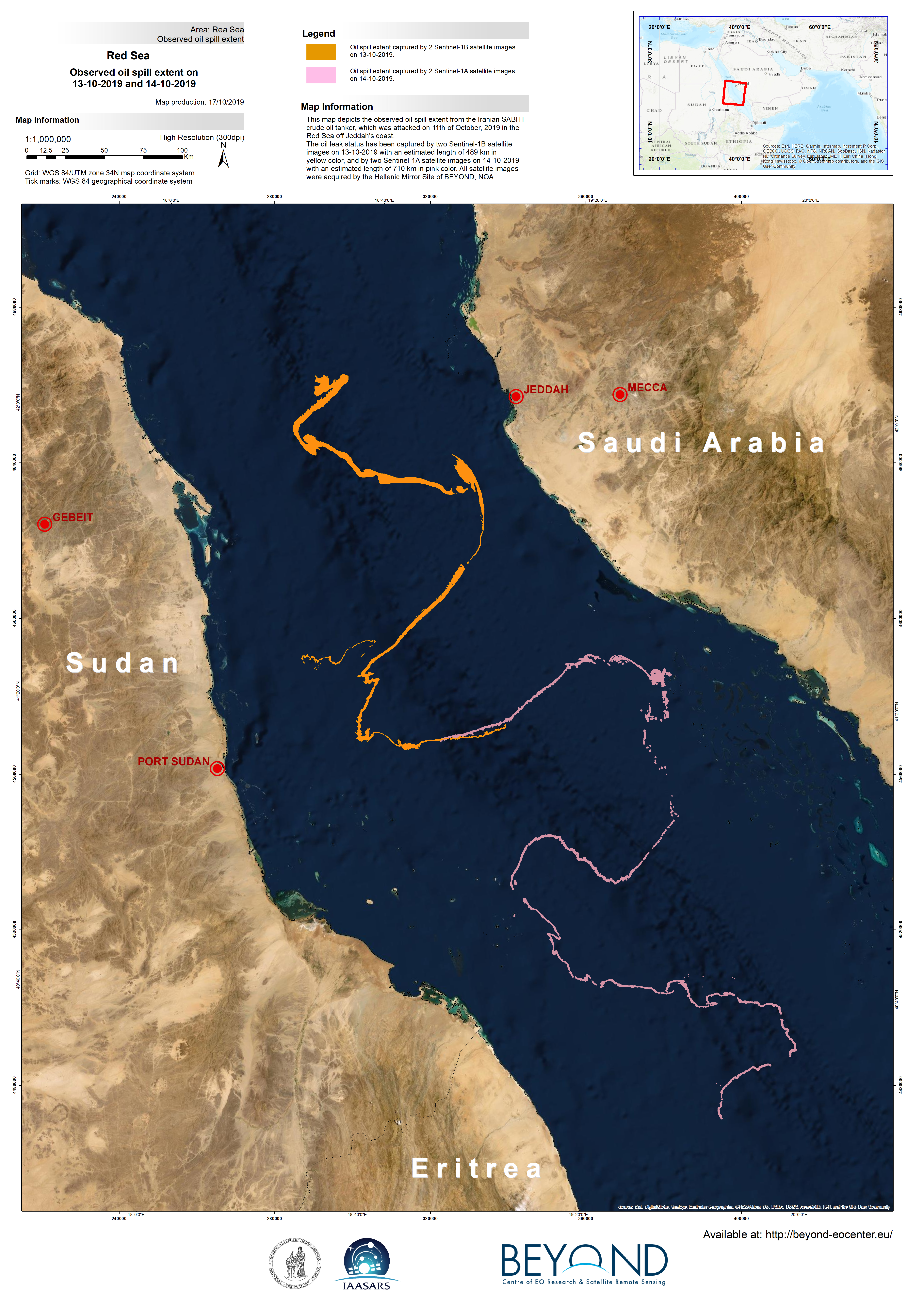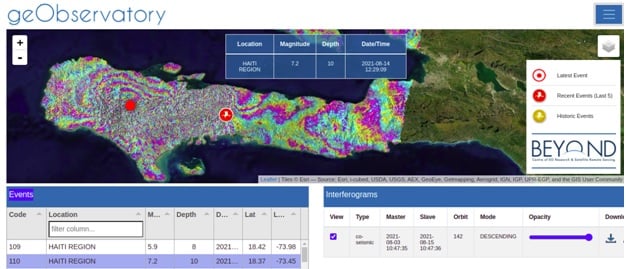The Center BEYOND, has a well-accepted and validated recognition in the provision of research and operational services in the framework of the European Union's Global Monitoring for Environment and Security Program namely Copernicus (former GMES), and to the European Space Agency (ESA). The emphasis of the Center's activity is on Emergency Response (Copernicus/Emergency Management Support), monitoring and protection of the Marine and Atmospheric Environment, as well as applications of Agriculture, Renewable Energy, and Climate Change and its impact on quality of citizens' life (e.g. natural disasters).
The BEYOND sub-systems FireHub, FloodHub, and GeoHub were developed for real-time delivery of space based services, for early detection, continuous monitoring, and management of natural disasters, the monitoring of active forest fires, flood events and seismic/volcanic risks, as well as damage assessments in rush and off-line mode. These services are routinely used by many environmental and civil protection organizations in Greece, and worldwide including EU bodies, namely the European Forest Fire Information System/EFFIS, the Global Fire Monitoring Center (GFMC), the European Copernicus/EMS Program, in a large number of Civil Protection Authorities in Europe, Africa, Latin America, Asia, and authorities as the Fire Brigade Body in Greece, the Directorate and Natural Environment Protection (Ministry of Environment), the Public Forestry Services, the Directorate for Planning and Disaster Response of the General Secretariat of Civil Protection, the Department for Natural Disasters Recovery (Min of Infrastructure and Transport), etc.
Indicatively, only over the period 2016-2018 the BEYOND Center has been activated through the Copernicus EMS program from more than 13 Civil Protection Authorities around the world, in order to address timely risk assessments across a wide range of natural disasters such as earthquakes, volcanoes, landslides, slope and coastal erosion, fires, floods, toxic gas emissions, smoke dispersion and industrial accidents.
The BEYOND Center has been selected by the EU to offer real-time satellite based active fire detection and fire-damage assessment services (FireHub) for the needs of the European Forest Fire Information System (EFFIS).









